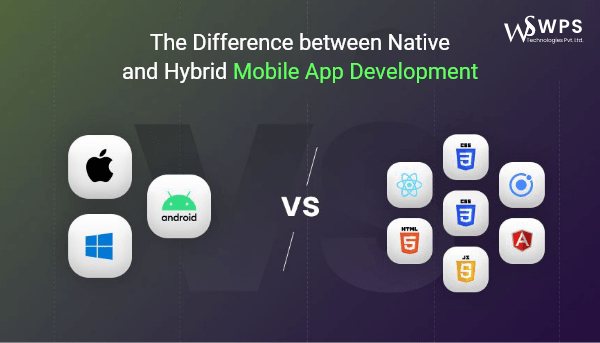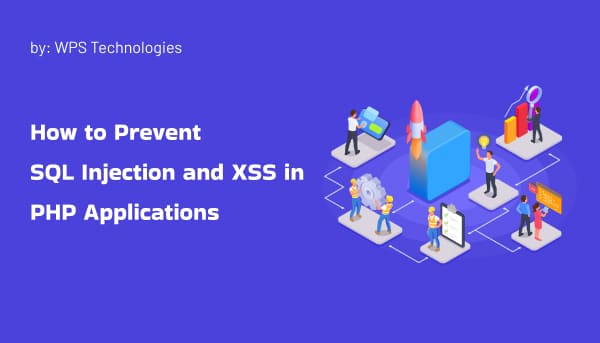
The difference between native and hybrid mobile app development
The rise of mobile devices has led to the development of various applications. With the increasing popularity of mobile applications, businesses have started investing in mobile app development to reach out to their customers effectively. However, the mobile app development process can be confusing, especially for companies that are new to this field. One of the most important decisions to make when developing a mobile application is whether to build a native or hybrid app. In this blog, we will explore the differences between native and hybrid mobile app development.
Native Mobile App Development
Native apps are mobile applications built specifically for a particular platform, such as iOS or Android, using the platform’s native programming language, tools, and development environment. For instance, a native iOS app would be built using Swift or Objective-C, whereas a native Android app would be built using Java or Kotlin.
Pros:
- Native apps have the best performance and responsiveness because they are built specifically for the platform they will run on.
- They can access all the device’s native features such as the camera, GPS, accelerometer, and other hardware features.
- Native apps offer a better user experience and can easily integrate with other native apps on the device.
- They are more secure because they are built on a platform with a strong security architecture.
Cons:
- Building native apps require developers with specific platform expertise, which can be expensive.
- Native apps are platform-specific, which means that you need to develop two separate apps for iOS and Android platforms.
- Updates and maintenance of native apps can be time-consuming and expensive.
Hybrid Mobile App Development
Hybrid apps are mobile applications built using web technologies such as HTML, CSS, and JavaScript, and then wrapped inside a native container. The container provides access to the device’s native features and allows the app to be distributed through app stores, just like native apps.
Pros:
- Hybrid apps are more cost-effective than native apps since they can be built using web technologies and deployed across multiple platforms.
- A single hybrid app can run on both iOS and Android platforms, which makes it easier to maintain and update.
- The development process for hybrid apps is faster than for native apps since it requires only one codebase.
- Hybrid apps are easier to scale since they can be updated in real-time, and changes are immediately visible to all users.
Cons:
- Hybrid apps cannot access all the device’s native features, which may result in a lower user experience.
- The performance of hybrid apps may not be as good as native apps, especially for complex apps with heavy animations or graphics.
- Hybrid apps may require an internet connection to function properly.
- Hybrid apps may not be as secure as native apps since they run on a web container and are susceptible to web-based attacks.
Conclusion
Both native and hybrid mobile app development have their advantages and disadvantages. The choice between the two depends on various factors such as the app’s purpose, target audience, development timeline, and budget. Native apps are best suited for complex apps that require the best performance, responsiveness, and security. On the other hand, hybrid apps are more suitable for more superficial apps that require a faster development cycle, lower cost, and can do without all the native features. By understanding the differences between native and hybrid app development, businesses can make informed decisions aligning with their goals and resources.


